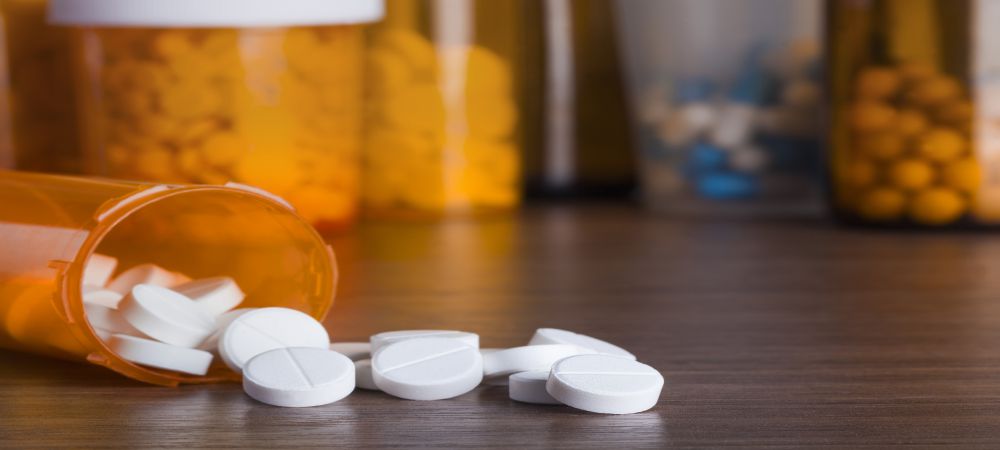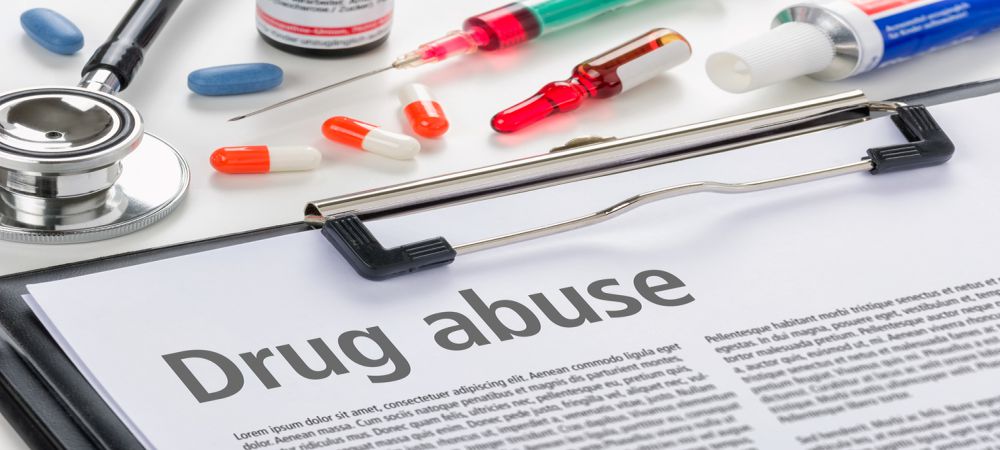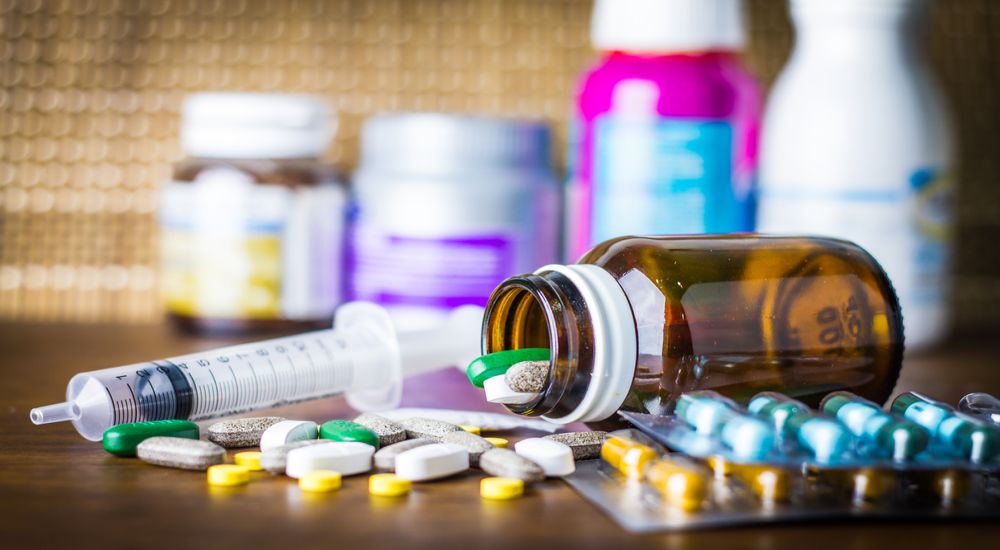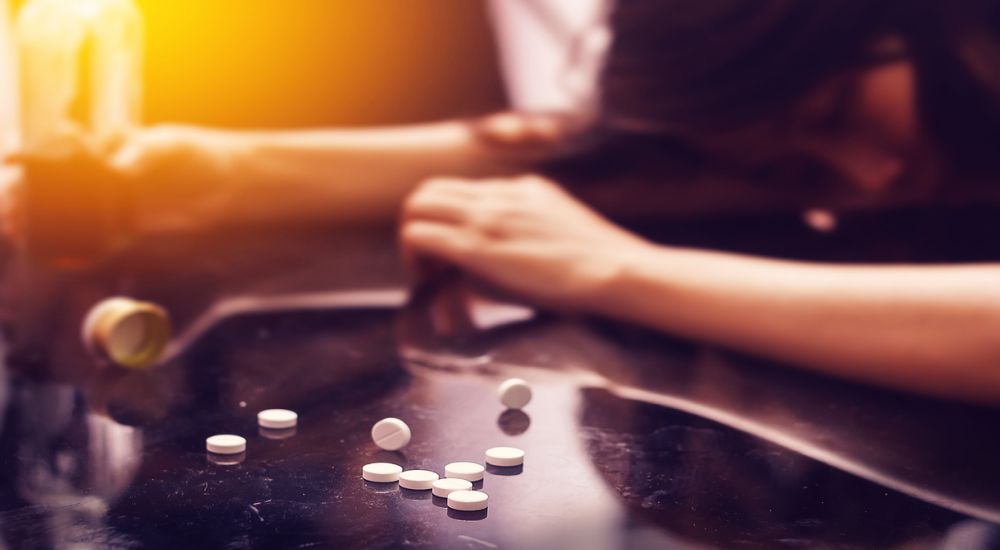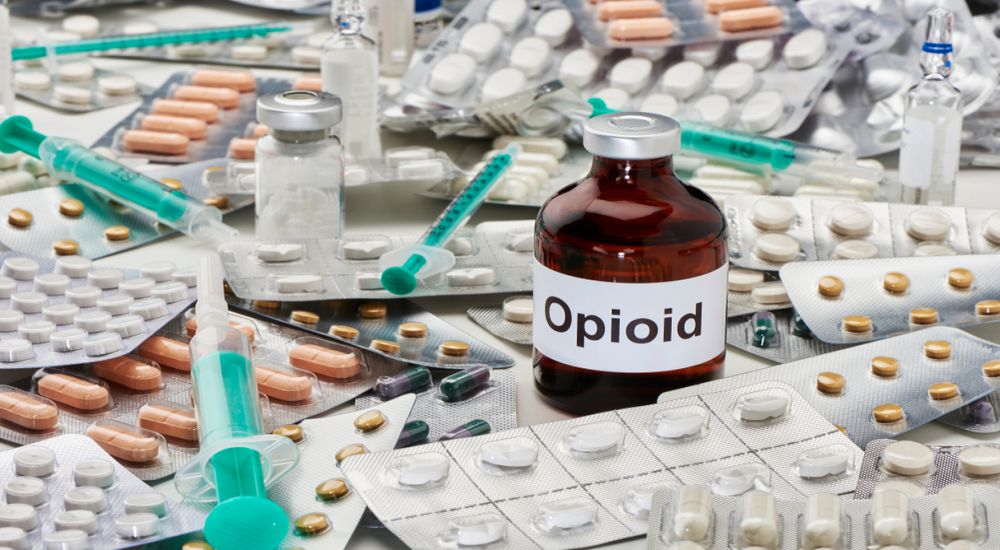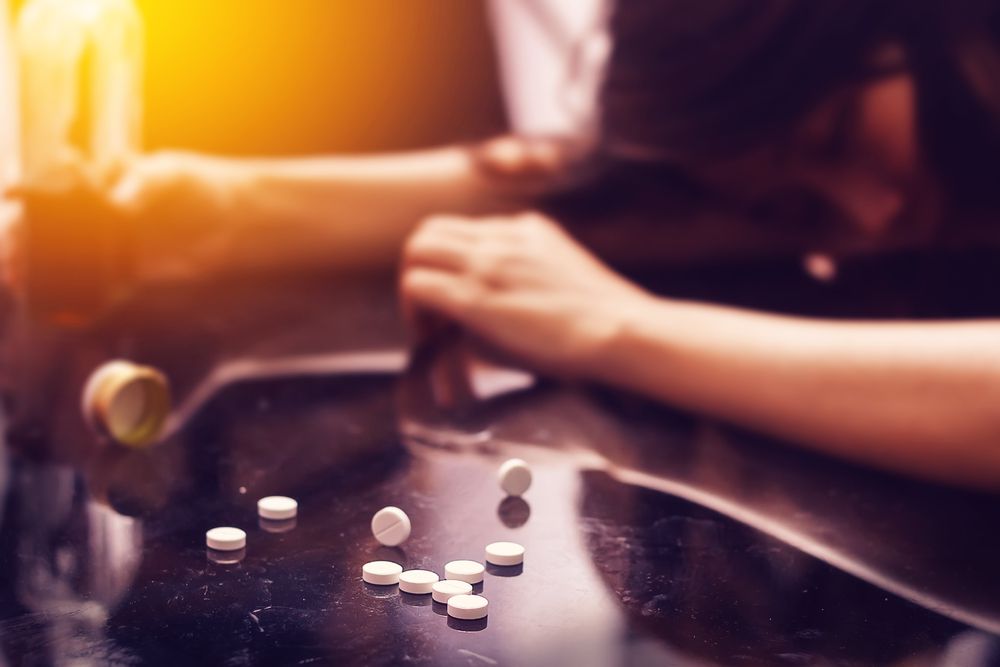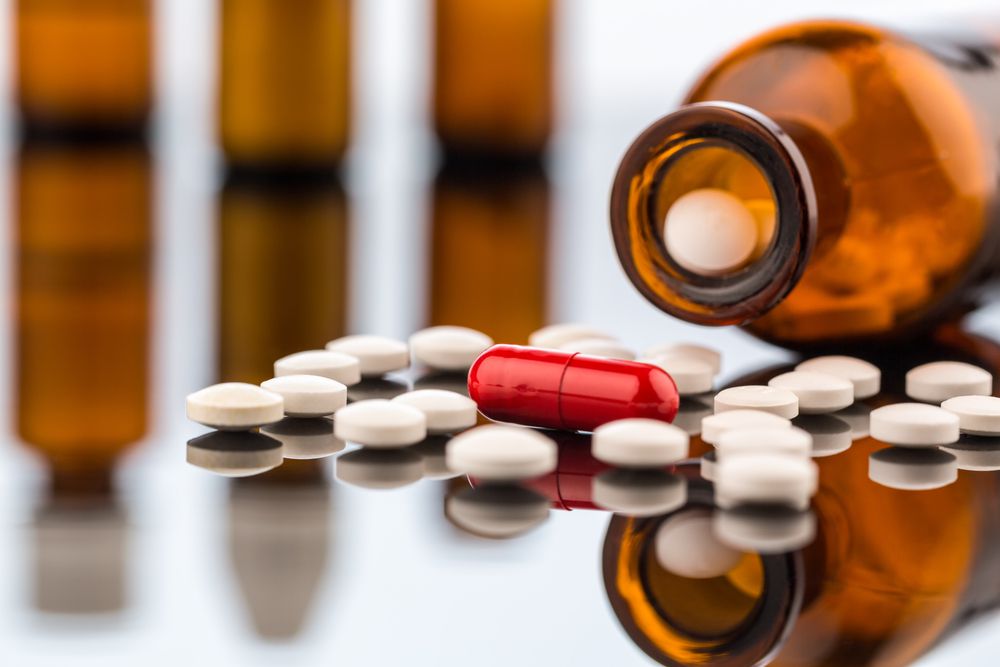The concept of commonly abused prescription drugs may seem strange. After all, the drugs were prescribed in the first place. However, thanks to the unique properties of certain medications, it is possible to abuse prescription drugs. That’s the context this article aims to provide.
When you hear the word ‘abuse,’ the likes of heroin, marijuana, cocaine, and methamphetamine come to mind. This is rightly so. The drug laws also have a resultant role to play in the level of drug usage in society. That’s a topic beyond the scope of this article.
From reading this article, your orientation needs to change. The usage of the term ‘abuse’ extends to prescription drugs in every sense of the word. Your defence may be that doctors approve prescription drugs for usage. However, what is currently alarming is the rate of use.
According to CCSA.ca, about 22% of Canadians over 15 years of age use psychoactive prescription drugs in some form. This statement refers to a study in 2017. Hence, you should expect the percentage to be higher today.
This raises one concern. The fact that over 22% of Canadians have a tendency, at least, to abuse prescription drugs. The abuse can occur consciously or subconsciously. The idea of abuse is simple. It simply refers to a – somewhat compulsory – dependence on a particular substance. With this breakdown, the notion of prescription drug addiction should be more plausible and real to you. Firstly, let’s take a more critical look at what the condition entails.
What is Prescription Drug Abuse?
As a background to the topic of commonly abused prescription drugs, defining the substance is essential. Simply put, prescription drugs are drugs your health professional (doctor) asks you to use. Whatever type of drug it may be, once the doctor asks you to use it for a particular ailment, it’s a prescription drug.
In Canada, the Food and Drugs Act regulates these medications, ensuring safety, quality, and effectiveness. When you use these drugs as the doctor instructs, you are within the safety profile. You’ll most likely see positive results. However, you can knowingly or unknowingly misuse the drug. There are several reasons for this abuse (misuse), which we’ll discuss later in this guide.
An unintentional misuse will probably see you make such a mistake once. However, when the misuse – abuse/overdose – is intentional, you need to beware. Several factors may be in play, which can lead to a dependence on the drug for stability. Prescription drug abuse is not only about the overdose of the drug.
Prescription drugs come in different forms, with plenty of them on the market. While the most common form is capsules, they also exist as syrups, skin patches, and liquids. In the following section, we will examine the significant chemical-types of commonly abused prescription drugs. These chemical-types come in any of the forms we mentioned earlier.
Types of Prescription Drugs
Most of the commonly abused prescription drugs fall into two main categories.
Opioids
You possibly only know the word opioids from the context of drug addiction. However, they are more than that. They are good for the body. Since the beginning of the last century, doctors commonly prescribe painkillers containing opioids to patients. Hence, while it identifies with widely abused prescription drugs in Canada, millions across the country use it to relieve pain. As you now understand, abuse is not about the substance but the degree of usage.
The common painkillers containing opioids are codeine, hydrocodone, oxycodone, and morphine. The use of these substances is crucial for people with long-term pain.
When you take per instruction, these medicines help with pain management. When you use opioids under the strict supervision of a doctor, your chances of abuse gets slimmer. The same goes for using the substance for just a short period. However, unsupervised usage can lead to dependence – addiction.
At an extreme, opioid overdose is life-threatening. If the overdose is alongside medication for the central nervous system, you can experience difficulty in breathing.
Opioid, however, has a mild joyful feeling when you use it responsibly. This is why some people inject it to attain the feeling faster. However, this also opens you up to diseases like HIV and Hepatitis C.
Depressants
Central nervous system depressants are also quite common. The primary purpose of this drug is to reduce the activity of the brain. This then causes you to feel drowsy or fall asleep. The chemical it affects in the brain is called GABA – Gamma-aminobutyric acid.
The common depressants are Benzodiazepines and barbiturates. Benzodiazepines contain Ativan, valium, and Xanax. Generally, depressants are very useful in the treatment of anxiety and sleep disorders.
At the start, correct doses do the magic almost immediately. You feel calm and eventually fall asleep. However, the feeling wanes. It means your body is developing a tolerance. Hence, you are tempted to take in larger doses. This is how this type of prescription drug abuse starts.
With these depressants, you should be careful not to take them with alcohol. The combination can result in a slow heartbeat, slow breathing, and even death.
Besides, if you take the substance for too long and you suddenly stop, you’ll experience withdrawal symptoms. These include;
- Seizures
- Shakiness
- Agitation
- Insomnia
- Anxiety
- Overactive reflexes
- Increase in heart rate, temperature, blood pressure.
- Hallucination.
In the worst-case scenario, it can lead to death. Hence, you should be careful in dealing with these commonly abused prescription drugs.
Why Do People Abuse Prescription Drugs?
The commonly abused prescription drugs are easy to don in society. They are readily available, catering to one ailment or the other. While this in itself is not bad, excesses set in.
Unlike hard drugs where the usage is not necessary, prescription drugs are somewhat essential for many. However, it is uncontrolled use makes the various types of prescription drugs deadly. Below are some factors that may cause unchecked use (or abuse):
Fun
This is one of the most common factors that lead to drug addiction of whatever kind. Several persons, including adolescents, indulge in these substances just to feel good or get high. In the case of teens, peer pressure is a major factor to consider.
In a group of friends having ‘fun’ with prescriptions, it becomes difficult for one person to stay out of it. But, while these substances may get you high and happy for brief moments, the side effects are always adverse. You can lose bodily functions, and in the worst-case scenario, death.
Studying

This is an unbelievable reason. However, according to this Kidshealth.org publication, students may abuse what they call “study drugs.” This is rampant in schools where schedules are tight, and the pressure is high. For students to keep up with the demands, they tend to overwork themselves.
There is also a condition known as Attention Deficit Hyperactivity Disorder (ADHD). This is a condition where the patient finds it very hard to focus. Doctors may prescribe drugs like Adderall and Ritalin for persons with ADHD.
However, students not suffering from the disease can also take advantage of the effects of the drug. They have the opinion that the substance will help them focus and study more. That’s where “study drug” gets its name. These drugs are stimulants.
They help you achieve better alertness. They also offer a burst of energy and can increase your heart and breathing rate. One thing you should know, as against the common myth, is that these drugs do not increase your learning or thinking capacity.
The two most common study drugs are amphetamines and methylphenidates. More often than not, people get these drugs from friends or family. This type of usage is an abuse of the substance, and if care is not taken can lead to dependence.
The risk factors of these drugs, like other prescriptions, are enormous. Abuse of the drug leaves the patient susceptible to high blood pressure, irregular heartbeat rate, seizures, heart failure, and even stroke. Behaviourally, it can lead to uncontrolled anger, paranoia, and some mental problems.
Weight Loss
Weight loss drugs are one of the commonly abused prescription drugs. When you use prescription drugs for your weight loss program, you should be careful. Weight loss does not happen overnight. Hence, you may get hung up on the substance, especially when you do not follow the prescribed dosage.
You see, trying to substitute exercise routines with drugs, for instance, can be the journey to addiction. Therefore, you should not start using a drug just because a friend on a weight loss program does the same. Prescription drugs are for those that have a doctor’s approval. Hence, it’s only safe to visit a doctor for the right prescription before starting your weight loss program.
Related Article: What Are The Signs of Prescription Drug Addiction?
Risk Factors of Prescription Drug Abuse
Addiction creeps in. It will feel as though it’s not happening, while indeed, it is. The conditions that come with it range from being mild to adverse. The unpredictability of the degree of effect makes it even scarier. For drugs like opioids, data shows that about 128 persons die daily in North America due to overdose.
Abuse of prescription drugs also has no age limit. However, it’s more rampant with the younger age group. Data shows that abuse of whatever substance is common within ages 18 to 25. This is worrying, considering the risk such young people expose themselves to.
Several factors can lead to a dependence on prescription drugs, making it somewhat beyond your control. For instance, people with previous addiction history may become prescription drug addicts easily. This is because the substances offer a similar feeling to street drugs but with a doctor’s permission.
Also, a family history of substance abuse opens you up to the possibility of prescription drug abuse. Pre-existing psychiatric conditions also makes you vulnerable. The ease of access to these drugs worsens the matter. You can easily lay your hands on them per time.
The most frightening factor here is knowledge. Because you got the drugs from a doctor, it’s easy to assume that they cannot have a negative effect. This is far from the truth. It can. Many people don’t know the negative effects of the commonly abused prescription drugs they indulge. It is essential to mitigate this knowledge gap.
As the various parts of this article have explained – adverse effects, it’s critical to treat these drugs with care.
Signs of Prescription Drug Abuse
With prescription drug abuse, the signs are always there. But, for persons with the underlying notion that nothing bad results from overusing these drugs, it may be hard to see the signs.
In the case where there is a legitimate need for the drug, it can be even harder to ignore its abuse. It can quickly turn into compulsive, ongoing, and destructive behaviour.
Either for yourself, a friend, or family members, here are the top signs you should watch out for to determine the possibility of prescription drug abuse or addiction.
- You continue to use the drug even when the pain is gone.
- You exaggerate issues to the doctor so that you can get more prescription drugs.
- You don’t want to get other medical help options. You simply want the drug.
- You exhibit mood changes and swings.
- You start becoming secretive with the drug.
- You use drugs that are meant for others.
- You experience physical withdrawal symptoms when you don’t use the drug. Examples of these are; joint and muscle aches, insomnia, and night sweats.
- You are hyperactive
- You use more than the stated dosage.
- You don’t frequently move with your friends anymore.
- You begin to go out of your way just to get the drugs.
- You start having a very poor decision-making ability.
Phases of Prescription Drug Addiction
Prescription drug addiction is a thing, and it doesn’t suddenly become a full-blown menace. Here is a breakdown to help you put the signs of prescription drug abuse in context.
Phase I: Non-medical Usage
Self-medication is tempting. The ease of it, as against having to first drive to a doctor’s office, is one of the greatest temptations. Moreover, getting these drugs over the counter is easy these days. However, this is the first step in the direction of addiction.
You may think you know what is wrong with you and the cure, but you don’t, except if you are a doctor yourself. Even then, you should let another doctor diagnose you. Data from Justice CA show that about 10 – 33% of non-medical prescription drug users may become dependent.
Phase II: Misuse
This is similar to the non-medical usage of prescription drugs. However, it is some steps further. If it happens once, you can pass it off as a non-medical usage (phase 1).
However, when you notice it happening over and over, and it feels as though you can’t stop, you are in phase II. This is a critical stage. At this stage, you build a tolerance to the commonly abused prescription drug you indulge in. Beyond this tolerance lies addiction.
Phase III: Abuse
When you take more drugs than you need, you abuse the substance beyond the doctor’s prescription. This may lead to issues in your relationship, work, and other responsibilities.
At this stage, you begin to crave what should be your medication. You get preoccupied with the drug. In some cases, you may even exhibit depression, instability, and fatigue. These are simply proof of your addiction and dependence.
Phase IV: Addiction
At this stage, you experience more than a physical dependence on the substance. Indeed, the problem has now worsened into a psychological dependence. This is the final stage of prescription drug addiction. Here, you experience a compulsive need to use the drug.
Here, the negative impacts of its usage are clear to you. However, you find it impossible to stop yourself. You then look to get more drugs from the doctor. You get aggressive if the doctor refuses. You may even resort to buying from illegal sources, which can be more damning.
How to Prevent Prescription Drug Abuse
Nipping prescription drug abuse in the bud before it even gets started is the best move. When you do this, you won’t need treatment for prescription drug addiction. While prescription drugs have functions they perform, the following steps will help you prevent dependence and abuse:
Making sure your medication is right

Getting the wrong drug for a particular ailment is an abuse of the drug upon purchase. Hence, you need to ensure you are as straightforward as possible to your doctor about your condition.
If you have any history of prescription drugs, you should also be transparent about them. Being honest with your doctor is the best thing to do for yourself. You should also query if there are alternate treatment options for drugs and pills.
Always visit your doctor
While this may seem like a hassle at first, the long-term benefit is essential. It keeps you in check. You take the right doses and get the right pills.
Follow instructions to the letter
You shouldn’t believe you know what you are doing with prescription drugs. You should use it as the doctor says. Follow all the instructions to the letter.
Know your medication
This is a good habit. You should know exactly what solution your particular drug offers. That way, you know what to expect. When you notice anything else, you should call your doctor immediately.
Don’t take other people’s medication
Even if you have a similar condition to your friend, don’t take their medication. Everyone has a unique biological makeup. Hence, you need a prescription that’s just for you. The dosage may be different, or you may be allergic to something, etc.
Don’t get prescription drugs online
While there are reputable pharmacies online, it’s best to consult with an in-person doctor. That way, they can easily conduct tests and diagnose what exactly is your health issue.
Prevention of prescription drug abuse in teens
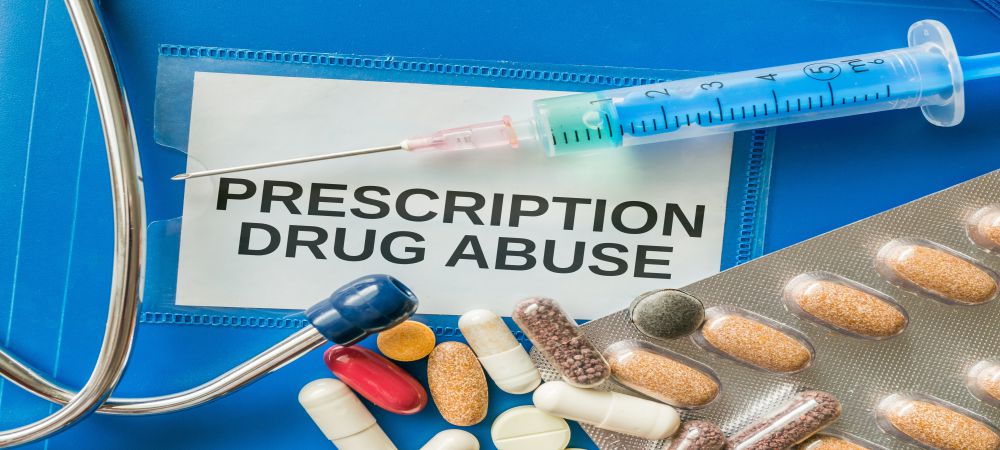
The help teens need starts from their guardians and parents. Young persons are abusing prescription drugs more. Here are some things you can do;
- Discuss the dangers with them. You need to help them understand the risks of abusing drugs. Beyond the thrill of the moment, health complications may occur.
- Set rules for them: You should ensure they are aware of not sharing medications with others. You should also help them understand that they need to stick by the prescription dosage.
- Keep your drugs away from them: As much as you can, keep your drugs away. As teens, they want to try things and listen to friends. You don’t want them anywhere near your drugs. It can be the start of a problem you won’t know about.
- Ensure proper drug disposal: it’s best to flush medications down the drain. Either the drugs are unused or expired, you should dispose of them properly.
How to Treat Prescription Drug Abuse
Treatment for prescription drug addiction comes in two primary forms. You can employ a behavioural (therapeutic) approach like other addiction cases. You can also use medications to offer treatment.
The behavioural approach to treating this addiction can be a long process. It involves gradual shedding of habits and taking up new ones. It involves teaching the addict new ways to handle craving and avoid triggers.
Behavioural treatment needs a professional. It’s almost impossible for the addicts to achieve this themselves. Hence, you need to get the help of a professional. Beyond the professional, there is the need for family and friends’ support. This goes a long way in ensuring you stay on the path of recovery.
Medications also play a huge role in treating prescription drug addiction. Each commonly abused prescription drug has a counter-drug you can leverage. As you now know, you should only use any of these with the help of a doctor. Drugabuse.gov collates the following as potent medication treatments:
- You can reverse an opioid overdose with Naloxone.
- You can treat CNS depressant addiction with a medically supervised detoxification.
- You can treat the opioid disorder with Naltrexone.
Beyond these, behavioural treatment is the way to go for prescription drug addiction.
Related Article: What Are The Signs of Prescription Drug Addiction?
Final Take
There are more cons than pros to the use of commonly abused prescription drugs. Hence, you need to be careful. While the pros may be that it gets you high and active, it can leave you low and dry in no time.
You need to be watchful of your behaviour and be extremely sincere with yourself. If you suspect possible prescription drug abuse or addiction, you should consult with our addiction treatment services. Here at 1000 Islands Rehab Centre, we have professional hands on deck ready to help you eliminate a prescription drug habit. Contact us today!
